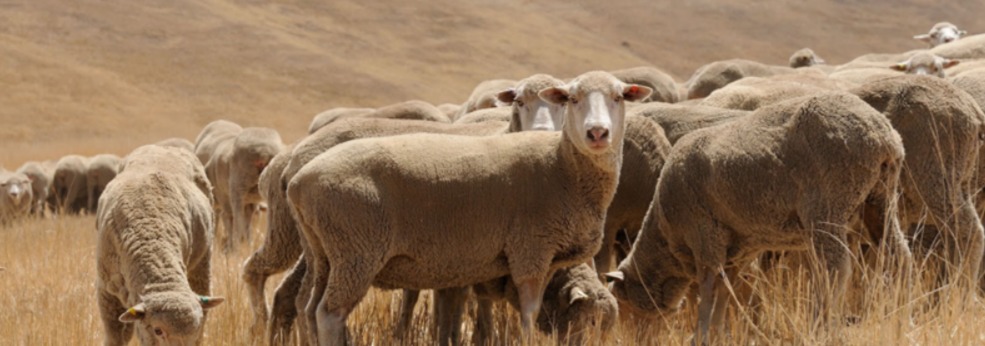
SHEEP producers in south-west Victoria and the Riverina have been urged to closely monitor worm counts, with strong La Niña-fed pasture growth providing ideal conditions for worms.
The low quality of some pastures into summer has also combined to weaken weaned lambs and sheep exposed to high worm pasture contamination loads.
Sheep producers have been reporting high worm egg counts in flocks in western Victoria and the Riverina, and in some cases leading to mortality in weaned lambs, with counts rising again just weeks after an effective drench.
In the January Livestock Logic newsletter, Hamilton veterinarian Lexie Leonard said a lot of standing feed across the district and continuing small showers, will keep worm larvae pretty happy and thriving on pastures well into summer.
“This year with a La Niña we can’t rely on environmental decontamination to remove the majority of worms from pastures — unless you have large amounts of cattle to remove the standing feed.
“Well-timed drenches will help keep paddock contamination under control, but keep in mind regular monitoring will still need to be done over January and February as there will likely be worm pick up from pastures over summer,” she said.
“A new year has started, pastures are starting to dry off and sheep poo is starting to harden up – which mean it’s time to fire up the feeding charts and start having a good look at your stock to time your summer drench.
“ This year with the long spring conditions, many mobs of sheep haven’t required drenching post mid-spring and the traditional timing of a ‘first summer drench’ of late November/start December has gone out the window,” she said.
“Now is a good reminder to feed test your pastures if relying on them for ewe nutrition – there have already been several pasture tests from around Hamilton coming back with low digestibility, and not enough nutrition to maintain adult ewes.
“This could be a year many producers are caught out at joining time with feed that looks adequate but definitely isn’t,” Dr Leonard said.
She said well-timed drenches will help keep paddock contamination under control, but keep in mind regular monitoring will still need to be done over January and February as there will likely be worm pick up from pastures over summer.
“Both sheep and cattle weaners should have been given a drench at weaning time, followed up with regular four to five weekly monitoring.”
Livestock Logic veterinarian Dr Andrew Whale said Riverina sheep producers are also facing worm issues similar to those in south-west Victoria.
“We are seeing huge (worm egg) counts affecting weaner growth rates and increasing mortality in lambs as early as 4-5 weeks after drenching with an effective drench because there are huge pasture contamination levels.
“We know the drenches aren’t the problem, there are just huge pasture contamination levels.”
He said some areas have had an unusual 7-8 months pasture growing season.
“And every time we think it is going to dry off we keep getting more rain.”
Dr Whale said he had not seen a lot of Barber’s Pole worms, but this could change with the arrival of warmer weather.
Post mortems indicate most of the problems have been due to black scour worms, he said.
“I’m brown stomach worm is involved in that as well, but from a post mortem perspective it has been more damage to the duodenum than the abomasum, which is where those two different worms live.”
Flies and lice also causing issues
Dr Leonard said flies have also been causing sporadic issues around south-west Victoria for the past few weeks.
“We expect flies to become more of an issue heading into warmer weather, especially for sheep grazing tall feed.
“Fly prevention now will help keep total fly numbers low on your property.”
She also advised sheep producers to keep a close eye on your sheep after any chemical application and report any concern about resistance to the chemical company as soon as possible so it can be followed up.
Dr Leonard said there have been plenty of reports this year of lice causing issues.
“As with all parasite management, starting with a solid management or eradication plan will ensure success, an ad hoc approach always ends in frustration and continued issues.
“Having a lice treatment plan as part of your general biosecurity plan is a great place to start to ensure it isn’t inadvertently brought onto your property.”
Key recommendations
Dr Leonard said WEC monitoring of weaners is imperative every four weeks over summer and rams should get an effective drench six to eight weeks prior to joining.
“Ensure if you are buying stock in you have a biosecurity plan set up to prevent the introduction of resistant worms or lice.
“WEC monitoring of calves still on mum can give a good indication of pasture contamination, so don’t discount monitoring calves that haven’t been weaned yet.”

HAVE YOUR SAY